Almonds are among the most popular nuts in the world. They’re rich in healthy fats, antioxidants, and various important nutrients.
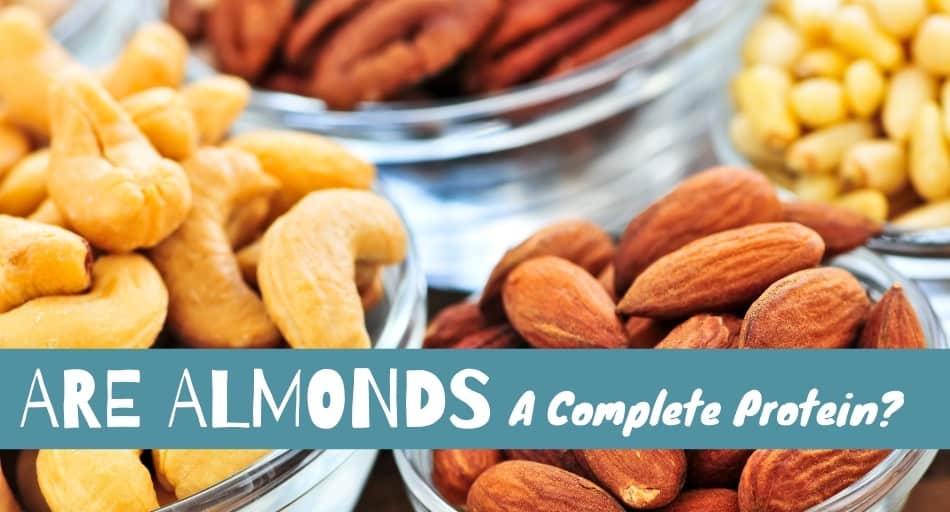
They also contain a good amount of protein. As you may know, there are various types of protein, and the best one for you is a complete protein.
So, are almonds a complete protein? What is a complete protein anyway?
Table of Contents
Are almonds a complete protein?
Almonds aren’t a complete protein as they don’t contain all nine essential amino acids in adequate amounts. They still make for a good source of this macronutrient, but they need to be consumed with other protein-rich foods to give you the best benefits.
In addition, almonds are very healthy and can help prevent various health conditions and diseases thanks to the vitamins and minerals they contain.
Why aren’t almonds a complete protein?
Protein consists of 20 amino acids, but only 11 of these are produced by your body. Because of that, you have to get the remaining nine from your diet, and they’re called essential amino acids.
So, when a food contains all nine amino acids, it’s called a ‘complete protein.’ Most complete proteins are animal-derived, such as meat, poultry, fish, eggs, and dairy.
But there are some plant-based options, like quinoa, buckwheat, hempseed, and soybeans.
Almonds don’t contain all essential amino acids in adequate amounts to make them a complete protein.
In fact, they contain seven out of the necessary nine. This doesn’t mean that the protein from almonds isn’t beneficial, though. You should still include protein-rich foods like almonds in your diet.
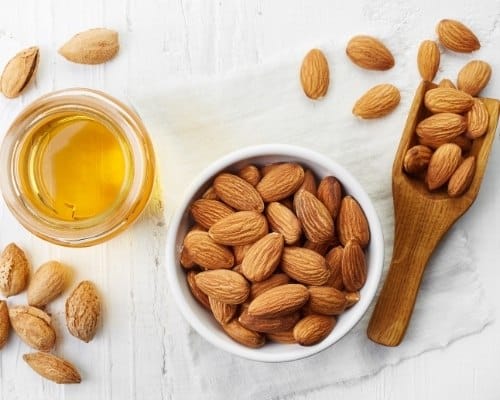
What’s more, you don’t have to worry about consuming complete proteins with every meal, as all the foods and nutrients you consume will add up.
Nutritional Facts: Almonds (3.5 oz/100 g)
- 579 Calories
- Total Fat 49.9 g
- Saturated fat 3.8 g
- Sodium 1 mg
- Potassium 705 mg
- Total Carbohydrate 21.6 g
- Dietary fiber 12.5 g
- Sugar 4.4 g
- Protein 21.2 g
- Vitamin C 0% DV
- Calcium 26% DV
- Iron 29% DV
- Vitamin D 0% DV
- Vitamin B6 11% DV
- Magnesium 75% DV
Are almonds healthy?
Most of the calories in almonds come from fats and protein. A one-ounce (28 grams) of almonds contains 6.2 g of protein, which is 12% of your daily recommended need for this macronutrient.
Protein helps fuel your muscles and even contributes to weight loss. A diet high in protein may also increase your energy levels without making you feel lethargic.
So, it’s important to consume enough high-protein foods.
Almonds are very rich in vitamin E as well. This micronutrient is important for vision, reproduction, and the health of your blood, brain, and skin.
It also acts as an antioxidant, which means that it helps flush out free radicals from your body.
This prevents oxidative damage and stress to your cells and tissues, reducing the risk of various chronic conditions like heart disease and diabetes.
Eating almonds can also help you control your blood sugar levels. This is thanks to the powerful plant compounds found in almonds as well as fiber.
Almonds also contain magnesium, which improves your blood sugar levels and reduces insulin resistance.
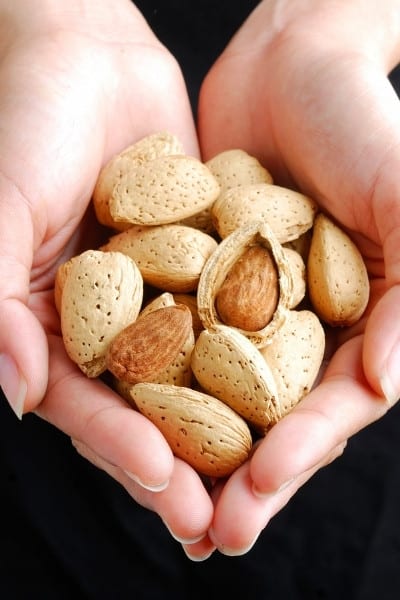
Many studies show that taking magnesium supplements and eating magnesium-rich foods reduces the symptoms of type 2 diabetes.
Adding almonds to your diet may also lower your levels of ‘bad’ cholesterol while increasing the levels of ‘good’ cholesterol.
Studies show that the antioxidants found in almonds help prevent plaque buildup in your arteries, which significantly reduces your risk of heart disease, heart attacks, and strokes.
In addition, almonds contain compounds that may lower your blood pressure, which further improves your health.
Almonds are also rather filling since they’re low in carbs but high in protein and fiber. Both of these nutrients increase the feeling of fullness, which can help you consume fewer calories.
Almonds also contain plant compounds that curb your appetite and reduce hunger. Because of that, many people snack on almonds when following a diet aimed at weight loss.
Can you make almonds a complete protein?
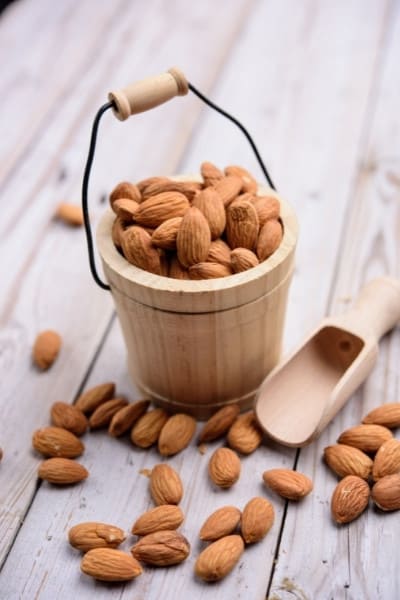
Even though a single food isn’t a complete protein, you can consume it with other foods, creating a complete protein.
This is because the essential amino acids will add up and complement each other. To make almonds a complete protein, you have to eat them with foods that contain the amino acids that almonds lack.
For example, eating almonds with garbanzo beans creates a complete protein. You can also pair almonds with carrots, crimini mushrooms, pumpkin seeds, chia seeds, or Dijon mustard.
These pairings will create a healthy complete protein.
You can also eat avocado, spinach, quinoa, and pistachios to create a complete protein using almonds. These foods might be easier to mix into one dish, creating a delicious meal.
It’s also worth noting that you don’t have to consume these two foods in a single sitting to create a complete protein.
Instead, you should just aim at eating these two foods within the same day so that the amino acids are digested and metabolized together.
Another thing worth noting is that you don’t necessarily have to check food pairings for all incomplete protein sources.
Most people who follow a healthy, balanced diet consume foods with all nine essential amino acids throughout the day. As a result, these foods add up, providing you with the amino acids you need.
What’s more, it’s hard to control every single thing you eat and all the nutrients found in them, so try to aim at eating healthy protein sources.
Is almond butter a complete protein?
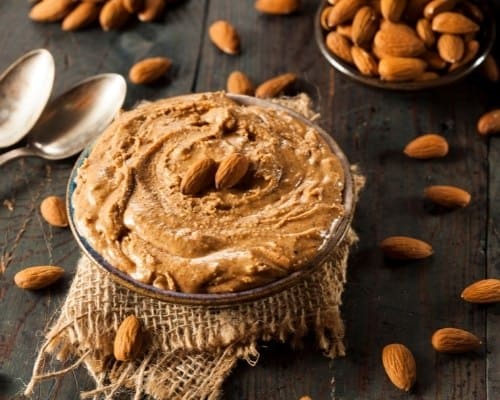
Just like almonds, you have to consume almond butter with other foods containing the missing amino acids.
One good idea is to dip sliced carrots in almond butter. That way, you’re getting all the essential amino acids and even more nutrients than just from almond butter.
Also, remember that all types of nut butter are very high in calories and sodium, so don’t eat too much of them.
It’s best to go for raw or roasted almonds than almond butter, as you’re not only getting more nutrients but also fewer calories.
Conclusion
Even though almonds contain some protein and essential amino acids, they aren’t complete proteins.
As a result, if you want to create a complete protein profile using almonds, eat them with foods containing the missing amino acids.
Also, make sure not to stress about having a complete protein with every meal, as it’s not necessary to stay healthy.
